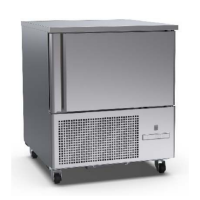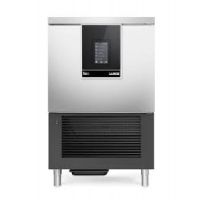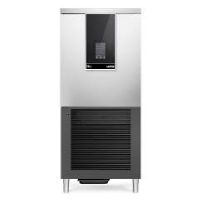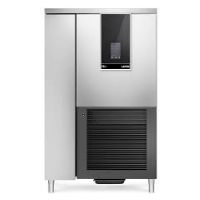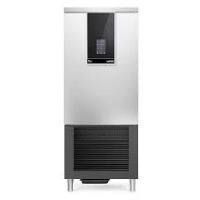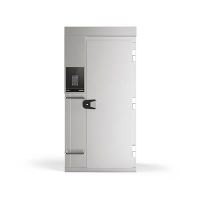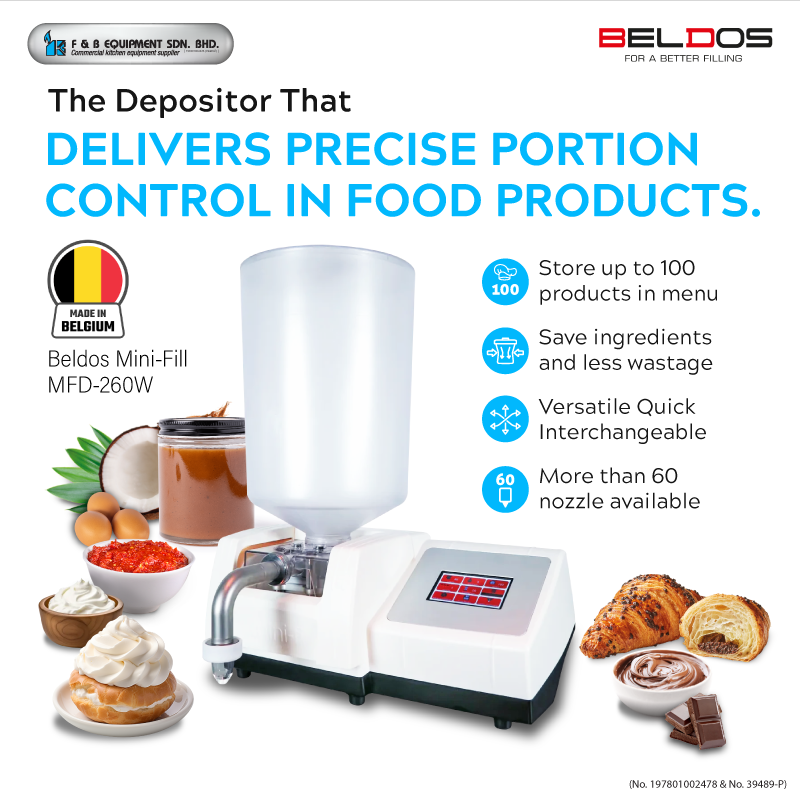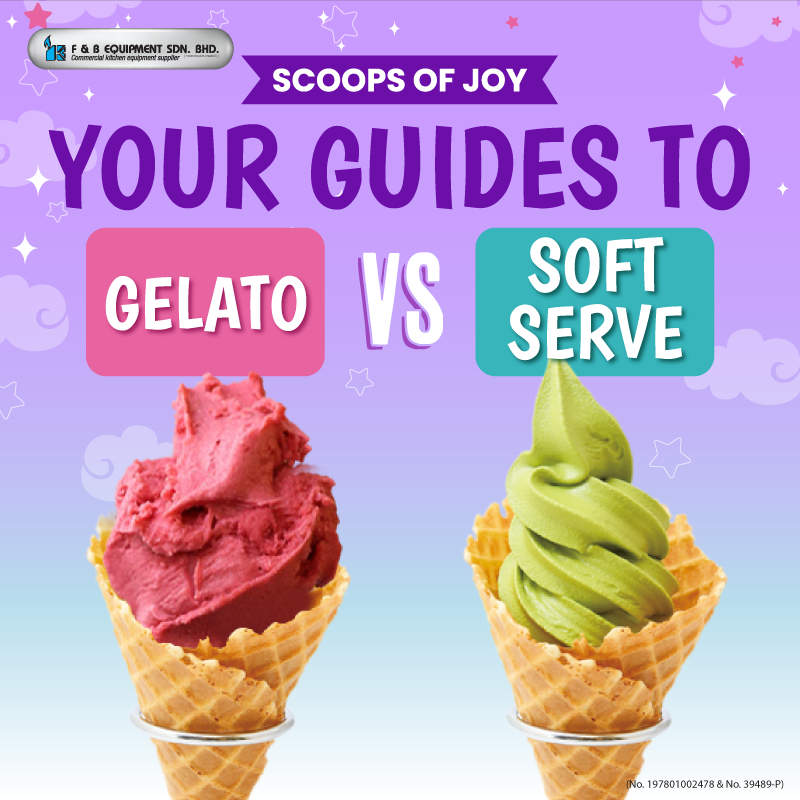Freeze Out Foodborne Risks: How Blast Freezers & Chillers Safeguard Your Kitchen from Bacterial Growth
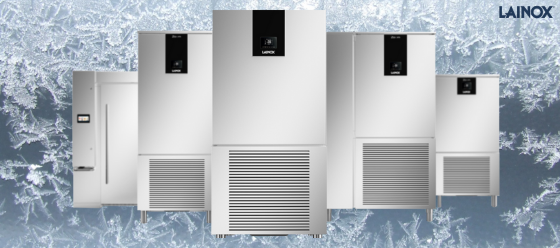
Your Best Defense: Blast Freezer & Chiller
In any commercial kitchen, food safety is paramount. With the constant risk of bacterial growth on perishable foods, understanding the critical factors that contribute to contamination is essential. This guide will explore how blast freezers and blast chillers serve as crucial defenses against these risks, ensuring your kitchen is both efficient and safe, while helping you maintain food safety compliance.
Understanding the Bacterial Growth Danger Zone
The danger zone for bacterial growth lies between 5°C and 63°C. Bacteria can multiply rapidly within this temperature range, posing serious risks to food safety. This is especially important for commercial kitchens dealing with perishables like meat, dairy, and produce, which are constantly at risk.
Key temperatures to monitor:
- 63°C and above: Bacteria begin to die, making food safe for cooking or hot holding.
- 2°C to 4°C: This is the ideal temperature range for storing food safely, but it's not ideal for long-term preservation.
- -18°C and below: At this deep-freeze temperature, bacteria become dormant, significantly reducing their ability to multiply.
Now, let’s dive into how the major factors contributing to bacterial growth—nutrients, moisture, temperature, pH level, oxygen, and time—can be controlled using blast freezers and blast chillers.

Nutrients and Moisture: The Prime Conditions for Bacterial Growth
Bacteria feed on nutrients in food, and the high moisture content in many perishables accelerates this process. Improper storage of foods like meat, vegetables, or dairy can allow moisture to create an ideal environment for bacterial growth.
Blast freezers and blast chillers play a critical role in minimizing moisture-related risks. These appliances rapidly cool food items, reducing condensation and moisture levels on the food surface. This helps limit bacterial growth and ensures your food stays fresher for longer, reducing food waste and contamination risks.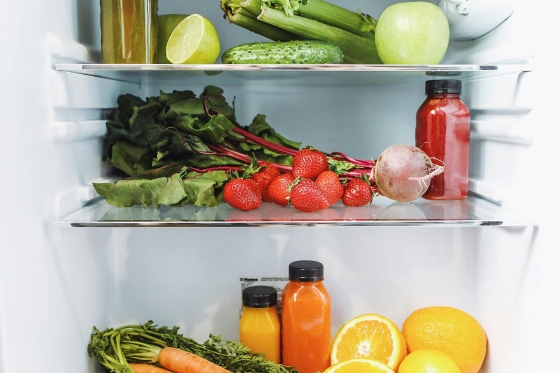
Temperature Control: The Key to Bacterial Prevention
Controlling temperature is one of the most effective ways to prevent bacterial growth. Perishable foods left in the danger zone—between 5°C and 63°C—for more than two hours can harbor dangerous bacteria, leading to foodborne illnesses.
- Blast Freezers: Rapidly freeze food, reducing its core temperature to below -18°C in minutes. By locking in freshness, they reduce bacterial growth to near-zero levels and significantly extend the shelf life of ingredients.
- Blast Chillers: Quickly cool cooked food to safe storage temperatures (2°C to 4°C), preventing bacteria from multiplying. This ensures that food stays out of the temperature danger zone, minimizing food spoilage and risk of contamination.
Both of these temperature control solutions are critical in ensuring food safety and preventing food from spending too long in the danger zone.

pH Level and Acidity: Stabilizing Food Chemistry
The pH level of food also affects bacterial growth. Foods with lower acidity (high pH), like meat and seafood, are more susceptible to contamination. While blast freezers and blast chillers don’t directly affect pH, maintaining low temperatures slows down the metabolic processes that lead to spoilage.

Oxygen Exposure: Reducing Oxidation and Spoilage
Exposure to oxygen can lead to oxidation and spoilage, particularly in foods that are not properly sealed. Blast freezers and chillers reduce oxidation by rapidly freezing or cooling food, minimizing the time food is exposed to air. This is especially important for vacuum-sealed or prepared items, which benefit from quick cooling that ensures longer-lasting freshness.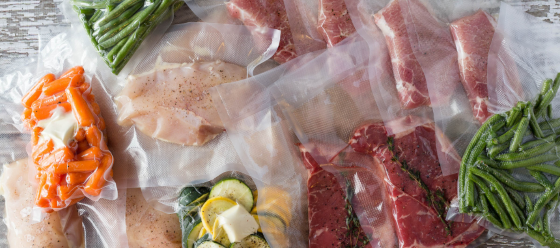
Time: Minimizing Danger Zone Exposure
The longer food stays in the danger zone, the higher the risk of bacterial contamination. The main advantage of blast freezers and chillers is their speed. These machines are designed to cool food rapidly, minimizing the time food spends in unsafe temperature ranges. Whether it’s freshly cooked dishes or raw ingredients, rapid chilling and freezing keep bacteria at bay and maintain optimal food safety.
Why You Need Blast Freezers and Chillers in Your Kitchen
- Reduced Food Waste: By preserving food at the right temperature, you extend its shelf life, reducing unnecessary waste.
- Food Safety Compliance: Blast freezers and chillers help you stay compliant with food safety standards, ensuring your kitchen avoids any health hazards or violations.
- Cost Efficiency: These appliances help prevent spoilage, saving you money by reducing the need to discard food due to bacterial contamination.
Balancing food quality and safety is a constant challenge in a busy kitchen. Investing in blast freezers and chillers helps you create a safer, more efficient environment while drastically reducing the risk of bacterial growth. These powerful tools are key to keeping your kitchen operations smooth, reducing food waste, and protecting both your business and customers from foodborne illnesses.
Ready to freeze out bacteria for good? Equip your kitchen with blast freezers and chillers to ensure top-notch food safety and compliance! Contact Us Now.


